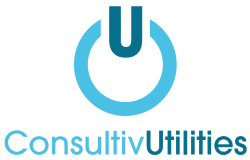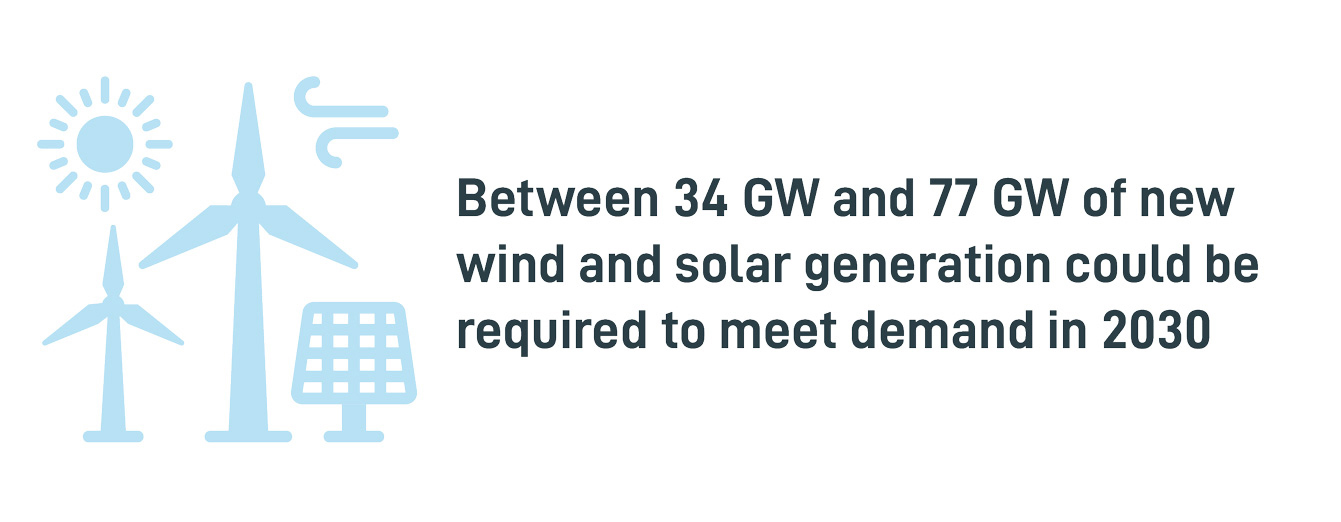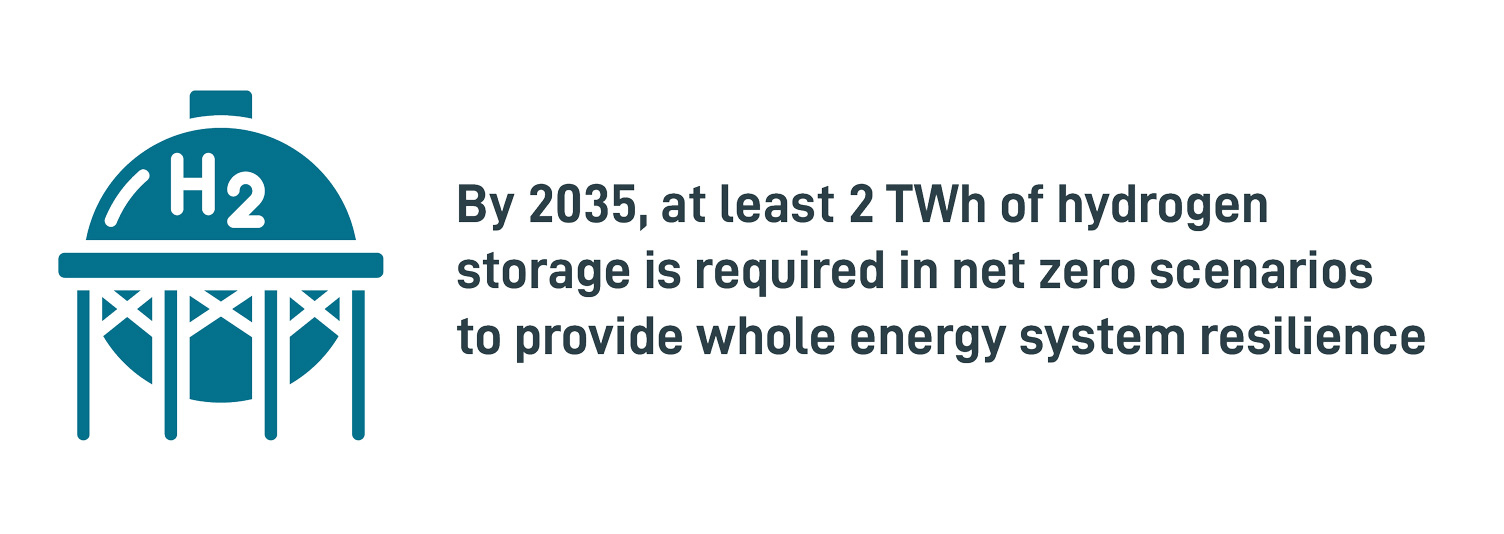With the imminent Net Zero deadline less than 30 years away, understanding the intricacies of the National Grid’s Future Energy Scenarios (FES) becomes increasingly crucial. To simplify this, we have broken down the FES into easily digestible pieces, offering a brief overview.
What roles do the FES play?
As we continue to travel towards the 2050 target for Net Zero, the FES emerge as pivotal routes for decarbonising our energy system. These scenarios, representing credible approaches, not only stimulate essential debates but also contribute significantly to shaping the future energy landscape.
Identified and categorised into four distinct pathways, the National Grid’s FES define the potential trajectories for the entire energy system up to 2050. These scenarios consider energy needs and sources, constructing a comprehensive image of how Great Britain might achieve Net Zero. Widely used by the Electricity System Operator (ESO) and stakeholders across the energy industry, FES serves multiple purposes:
- Underpinning energy network investment
- Supporting financial decisions for Net Zero technologies
- Informing national and regional policies
- Facilitating academic research and innovation
Through comprehensive engagement work, stakeholder feedback is integrated with the National Grid’s internal analysis and research to ensure the robustness of the data. The National Grid also make a conscious effort to make this data publicly available.
Who is using FES?
The Future Energy Scenarios play a vital role in various regulated activities, serving as a reference point for a wide range of participants and stakeholders within the energy industry.
The Scenario Framework

Four Key Messages
1. Policy and delivery
- Measures to reduce uncertainty are imperative for an affordable and secure Net Zero energy system.
- Recent global events emphasise the need for stability, particularly in the face of economic pressures, to ensure timely delivery and installation of Net Zero technologies.
Key recommendations:
- Net Zero policy clarity
- Focus on increasing heat [pumps]
- Negative emissions (reduction technology)
2. Consumer and digitalisation
- Consumer behaviour and digitalisation are pivotal for achieving Net Zero; however, easy access to information and appropriate incentives are critical.
- Enabling consumer engagement removes barriers and positions consumers as active partners in the Net Zero transition, contributing to sustainability and reduced energy costs.
Key recommendations:
- Empowering change
- Digitalisation and innovation
- Energy efficiency improvements
3. Markets and flexibility
- Enhanced market signals and innovative distributed flexibility solutions are key to managing a secure, cost-effective Net Zero energy system.
- Achieving the required growth in flexibility depends on critical enablers such as market reform, digitalisation, and innovation.
Key recommendations:
- Distributed flexibility
- Transport flexibility
- Locational signals
4. Infrastructure and whole energy system
- Optimising the cost of delivering Net Zero technology and infrastructure requires considering benefits to the entire energy system.
- Strategic coordination and holistic thinking across all sectors are essential for achieving decarbonisation targets and avoiding network constraints and potential curtailment.
Key recommendations:
- Strategic network investment
- Connections reform and collaboration
- Location of large electricity demands
How will the National Grid’s Future Energy Scenarios (FES) impact you?
Although the National Grid’s annual Future Energy Scenarios provide us with several prospective scenarios, it does show that we are able to meet our carbon goals. In order to do so, there are a number of key actions that suppliers and consumers may have to consider in order to create a balance of supply and demand.
- Decentralise our energy system, increasing local generation such as offshore wind and solar
- An increase in Electrical Vehicles (EVs), of which the increase in power demand could likely be offset by consumers avoiding charging during peak times and also the use of smart charging and Vehicle-to-Grif (V2G) technologies.
- In order to achieve the specific levels of decarbonisation of heat, it may be that the rollout of hydrogen gas grids is required. It’s expected that hydrogen is likely to provide heat for almost a third of households by 2050, and that district heating will be supplying a further one in ten households.
Ultimately, there is a real calling for consumers to be engaged and incentivised to use energy more flexibly. As consumers become more willing to change their everyday behaviour to reduce their own energy demand, it will in turn help to deliver flexibility in energy demand on a larger scale.
For more information on ESO publications you can visit: nationalgrideso.com
We hope that our condensed overview of the National Grid’s Future Energy Scenarios (FES) has been both interesting and valuable to you.
Get in touch
If you would like to speak to one of our energy experts to see how we may be able to assist your company in sourcing an energy contract to best suit your business requirements, please contact us at info@consultivutilities.com or you can view more information on our procurement solutions here.
Categories:





